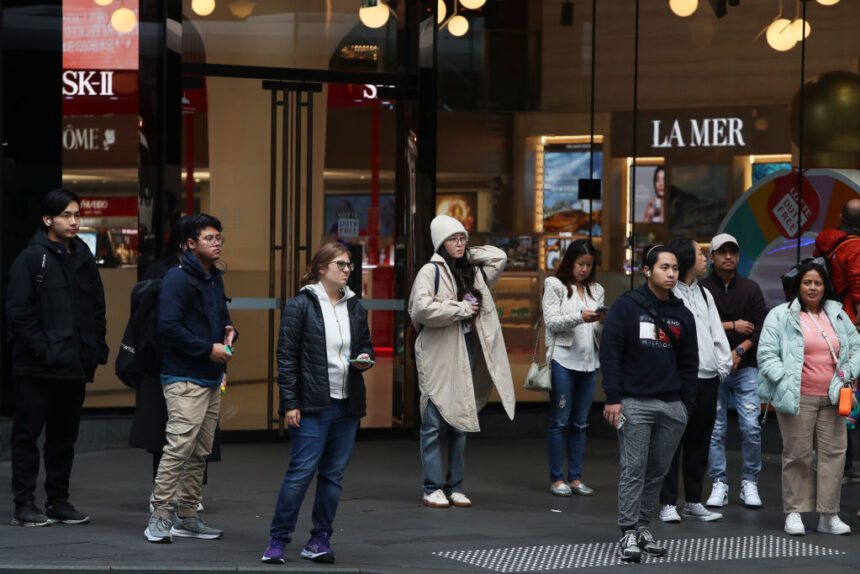Despite the increase in Australia’s unemployment rate to 4.2 percent in July, new data released on Aug. 15 showed that 58,200 new jobs were created. This was the highest unemployment rate since November 2021 but still 1 percentage point lower than March 2020, according to the Australian Bureau of Statistics (ABS).
The ABS revealed that the number of unemployed people rose by 24,000 while the number of employed people increased by over 58,000, leading to a record participation rate of 67.1 percent.
Kate Lamb, the head of labour statistics at ABS, mentioned that although unemployment saw an increase of 637,000 in July, it was still 70,000 below the pre-pandemic level. She also noted that the employment-to-population ratio rose to 64.3 percent, just below the historical high of 64.4 percent in November 2023.
Monthly hours worked in Australia rose by 0.4 percent, in line with the growth in employment. The proportion of employed individuals working reduced hours due to illness remained at 4.2 percent, slightly higher than the pre-pandemic average. The underemployment rate fell by 0.1 percentage point to 6.3 percent in July, while the underutilisation rate, combining unemployment and underemployment, increased to 10.6 percent.
ANZ Head of Australian Economics Adam Boyton viewed the data as strong and anticipated a similar conclusion from the Reserve Bank of Australia. He noted that employment growth was almost at par with population growth, running at its strongest pace since late 2022. Employment increased by 58,200 in July, despite the rise in the unemployment rate to 4.2 percent.
On the other hand, Shadow Employment and Workplace Relations Minister Michaelia Cash and Shadow Treasurer Angus Taylor expressed concerns about the increasing number of unemployed Australians and the impact on working families. They emphasized the need for an economic agenda focused on lower inflation and strong growth.
Treasurer Jim Chalmers highlighted the creation of 58,200 new jobs despite the uptick in the unemployment rate. He mentioned that annual real wages had grown for the third consecutive quarter under Labor, with the gender pay gap now at its lowest rate on record.
Employment Minister Murray Watt also pointed out the decrease in the national gender pay gap to 11.5 percent, emphasizing the government’s efforts to secure pay rises for women and promote gender equity in the workplace.
Can you please rewrite this sentence?
Source link





